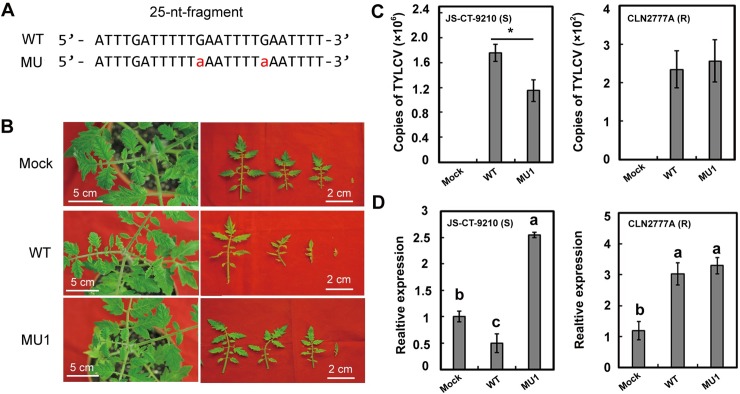Fig 4. Sequence complementarity between siRNA(-2752-21) and the SlLNR1 gene is important for the induction of pathogenetic phenotype.
(A) Schematic diagram of the 25-nt fragment of IR and the corresponding mutant sequence in MU1. The mutant TYLCV infectious clone (MU1) was constructed with the mutated nucleotides indicated as the red letters. (B) The phenotype of the tomato plants. The photos were taken at 15 dpi. Mock indicates the tomato plants uninfected. The right panel is the first 4-new-born leaves of the tomato plants. (C) Less TYLCV accumulation in the MU1 inoculated susceptible plants but not in the resistant plants. Total TYLCV copies were measured by qPCR analysis at 15 dpi. Error bars represented SE of three biological replicates and significant differences by Student’s t test (*, p<0.05). (D) SlLNR1 was down regulated by the TYLCV infection but increased by the MU1 in the susceptible plants. The RNA sample was extracted at 15 days after inoculated by the infectious clone. The relative expression of SlLNR1 was measured by qRT-PCR. The tomato actin gene was set as reference gene. Error bars represented SE of three biological replicates. Duncan’s multiple range test was conducted, and the different letters in graphs indicate significant differences between treatments (p<0.05).

